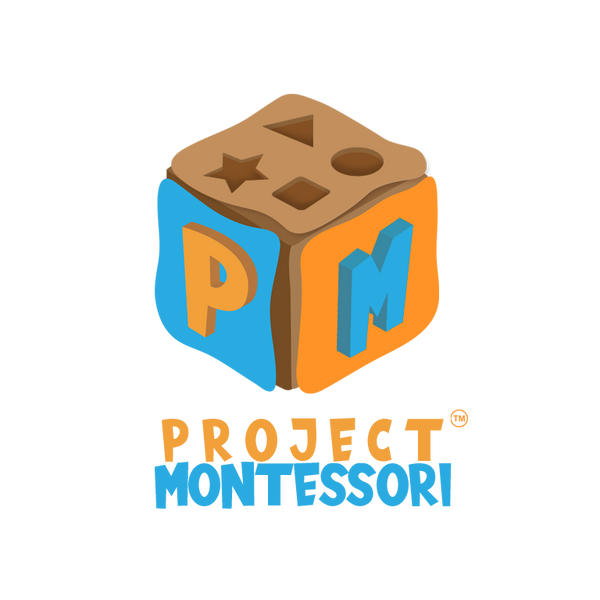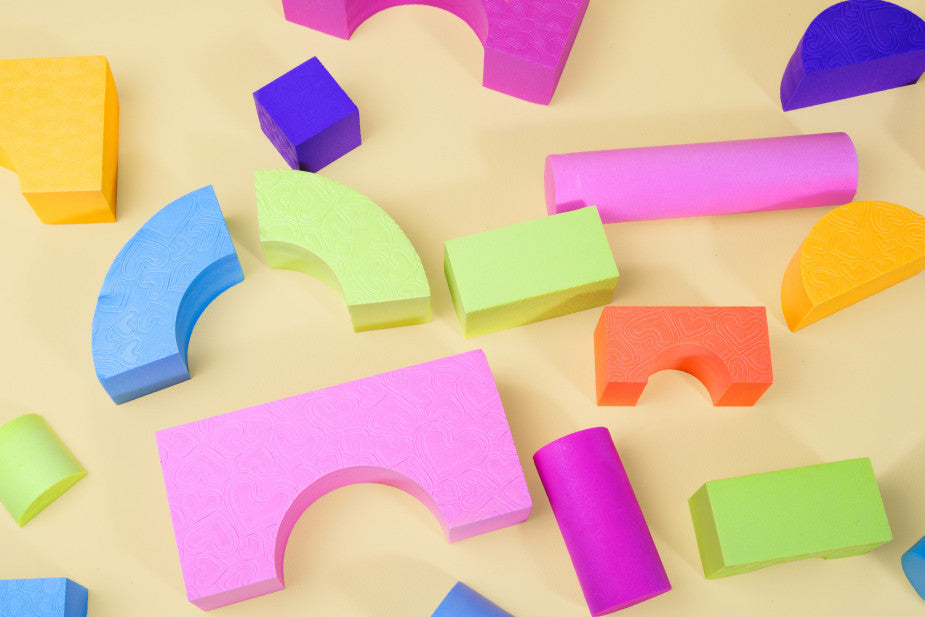Geometry is a fundamental aspect of mathematics and plays a crucial role in children's cognitive development. Montessori education recognizes the importance of hands-on experiences in learning geometry concepts and offers a variety of engaging toys to support children's exploration of shapes, patterns, and spatial awareness. In this article, we'll delve into the world of Montessori geometry toys and their role in fostering mathematical understanding in young learners.
Montessori geometry toys are designed to provide children with concrete experiences that help them develop an understanding of geometric concepts. One of the most iconic Montessori geometry materials is the geometric solids set. This set consists of three-dimensional shapes such as cubes, cones, cylinders, and spheres, each made of wood and painted in vibrant colors. Children explore these shapes by handling them, stacking them, and sorting them based on their attributes such as size, shape, and number of faces. By interacting with these objects, children develop spatial awareness and learn to recognize and differentiate between different geometric forms.
Another popular Montessori geometry toy is the geometric puzzle. These puzzles feature wooden pieces that children can manipulate to form various shapes and patterns. By experimenting with the pieces and observing how they fit together, children develop problem-solving skills and spatial reasoning abilities. Geometric puzzles come in a variety of levels of complexity, allowing children to progress from simple two-dimensional shapes to more challenging three-dimensional structures.
Pattern blocks are another versatile Montessori geometry toy that fosters exploration and creativity. These colorful wooden blocks come in different shapes, including triangles, squares, diamonds, and hexagons. Children use pattern blocks to create patterns, tessellations, and geometric designs on flat surfaces. Through this hands-on activity, children learn about symmetry, repetition, and spatial relationships, laying the foundation for more advanced mathematical concepts.
Montessori geometry toys also promote interdisciplinary learning by integrating geometry with other subject areas. For example, children might use geometric shapes to create artwork or build structures in science experiments. By connecting geometry to real-world contexts, children develop a deeper understanding of mathematical concepts and their applications in everyday life.
In addition to promoting mathematical understanding, Montessori geometry toys support children's overall cognitive development. Research has shown that hands-on experiences with geometric materials can improve spatial reasoning skills, enhance problem-solving abilities, and foster creativity and critical thinking. By providing children with opportunities to explore geometry through play, Montessori educators empower them to become confident, independent learners who are curious about the world around them.
In conclusion, Montessori geometry toys play a vital role in fostering mathematical understanding and spatial awareness in young learners. Through hands-on exploration of shapes, patterns, and spatial relationships, children develop essential mathematical skills and cognitive abilities that will serve them well throughout their lives. Whether in the classroom or at home, incorporating Montessori geometry toys into children's learning experiences can spark curiosity, promote creativity, and inspire a love of mathematics.



